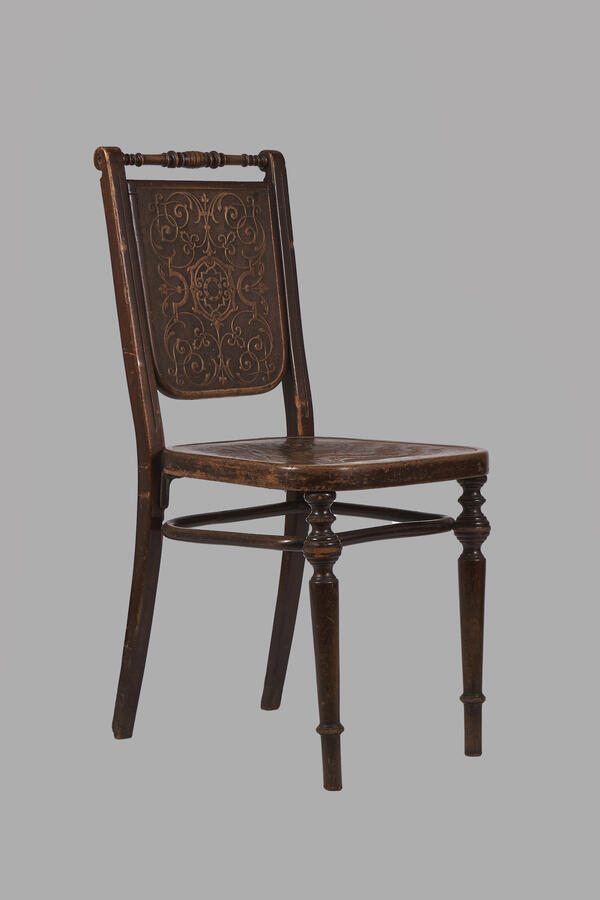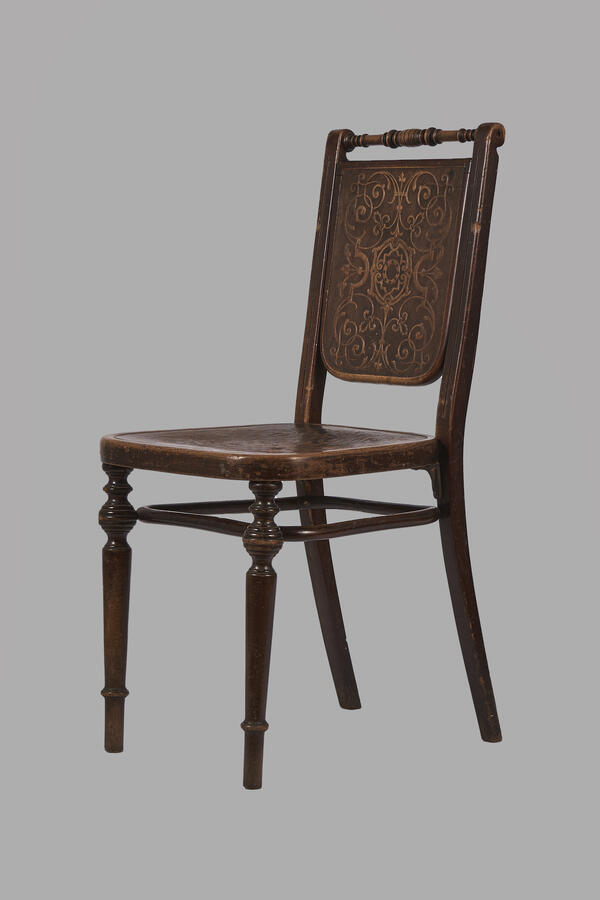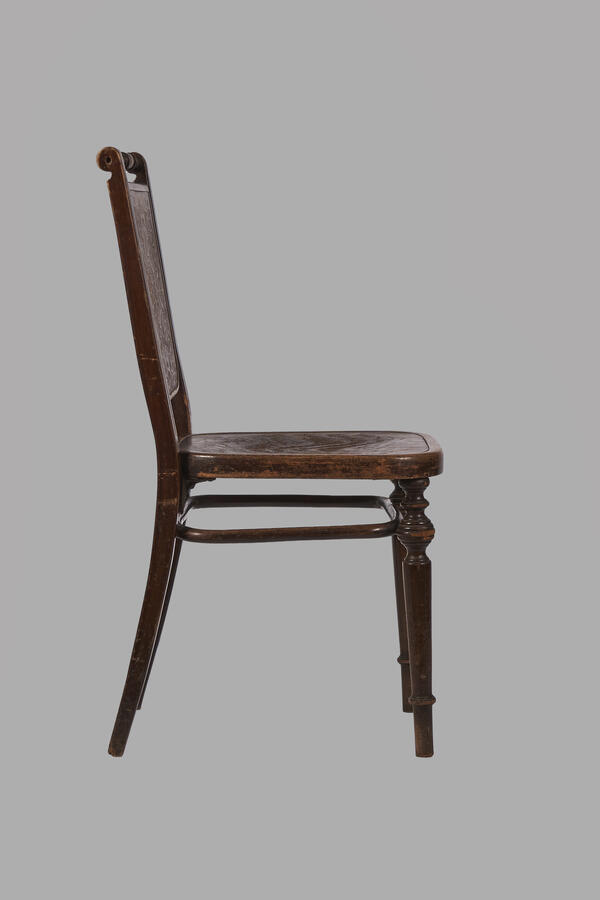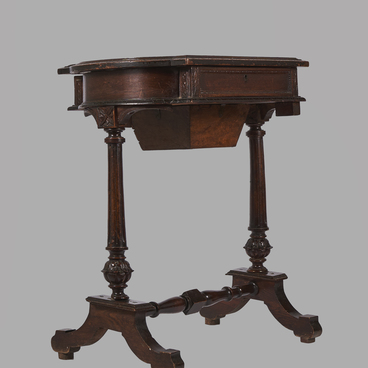In the middle of the 19th century, Michael Thonet, a Viennese cabinetmaker, began to make furniture using the ancient technique of “bending wood”. Wood was steamed so that it would bend. This operation was the key to the technology developed by Thonet. Beech was the main material used to make bent furniture.
Luxurious carved furniture was available only to higher society. Thonet abandoned costly decor and time-consuming techniques in favor of modern industrial production methods. Such mass-produced armchairs and chairs met the highest quality standards at affordable prices and made it possible to satisfy the needs of a wide segment of the population.
Thonet furniture expressed the spirit of that time — the belief in progress and the general improvement of living conditions. The Thonet chairs quickly flooded the market, infiltrating the homes of all social classes around the world. It was practical additional furniture in the palaces of the aristocracy, soft sets in bourgeois salons, wicker country chairs, cozy rocking chairs and simple chairs in the houses of the townspeople and the apartments of workers. The fine and elegant Thonet chairs matched the relaxed atmosphere of a European cafe and restaurant where anyone could drop in for coffee, read the papers or dine. Bent furniture was mass produced for cinemas, hotels, waiting rooms, shops, kindergartens and offices.
Thonet furniture is in thousands of photographs of historical events, in the drawings and canvases of Toulouse-Lautrec and Pablo Picasso, and in the films of Charlie Chaplin. The Viennese chair has become a truly iconic item for the late 19th — first half of the 20th century. The IKEA founder Ingvar Kamprad admitted that he was inspired to create his concept of lightweight prefabricated furniture by the success of the Thonet chairs.
A bent chair from the furniture collection of the Novorossiysk Museum-Reserve, which has the maker’s mark of the Thonet Brothers company, used to belong to Valentin Silvievich Danini, the chief architect of Novorossiysk from 1944 to 1954, and was purchased from his niece E.S. Kvashnina-Samarina.
Luxurious carved furniture was available only to higher society. Thonet abandoned costly decor and time-consuming techniques in favor of modern industrial production methods. Such mass-produced armchairs and chairs met the highest quality standards at affordable prices and made it possible to satisfy the needs of a wide segment of the population.
Thonet furniture expressed the spirit of that time — the belief in progress and the general improvement of living conditions. The Thonet chairs quickly flooded the market, infiltrating the homes of all social classes around the world. It was practical additional furniture in the palaces of the aristocracy, soft sets in bourgeois salons, wicker country chairs, cozy rocking chairs and simple chairs in the houses of the townspeople and the apartments of workers. The fine and elegant Thonet chairs matched the relaxed atmosphere of a European cafe and restaurant where anyone could drop in for coffee, read the papers or dine. Bent furniture was mass produced for cinemas, hotels, waiting rooms, shops, kindergartens and offices.
Thonet furniture is in thousands of photographs of historical events, in the drawings and canvases of Toulouse-Lautrec and Pablo Picasso, and in the films of Charlie Chaplin. The Viennese chair has become a truly iconic item for the late 19th — first half of the 20th century. The IKEA founder Ingvar Kamprad admitted that he was inspired to create his concept of lightweight prefabricated furniture by the success of the Thonet chairs.
A bent chair from the furniture collection of the Novorossiysk Museum-Reserve, which has the maker’s mark of the Thonet Brothers company, used to belong to Valentin Silvievich Danini, the chief architect of Novorossiysk from 1944 to 1954, and was purchased from his niece E.S. Kvashnina-Samarina.





